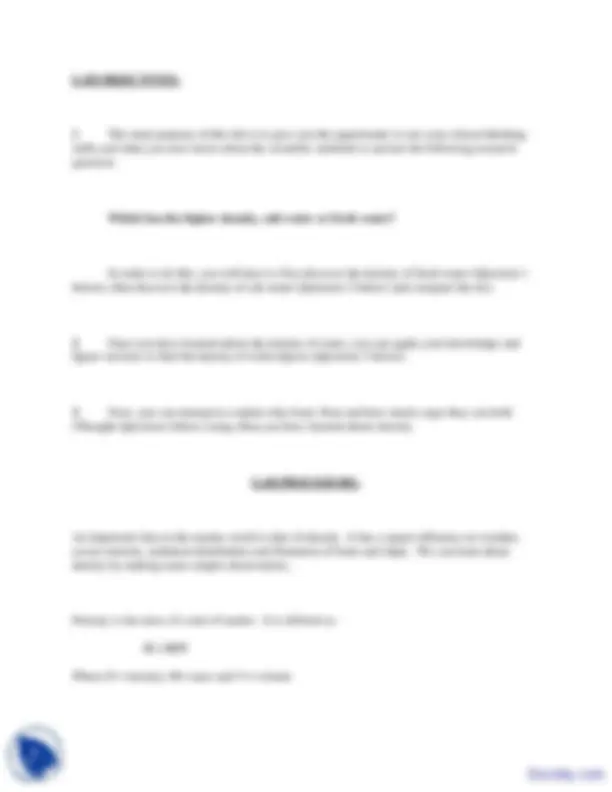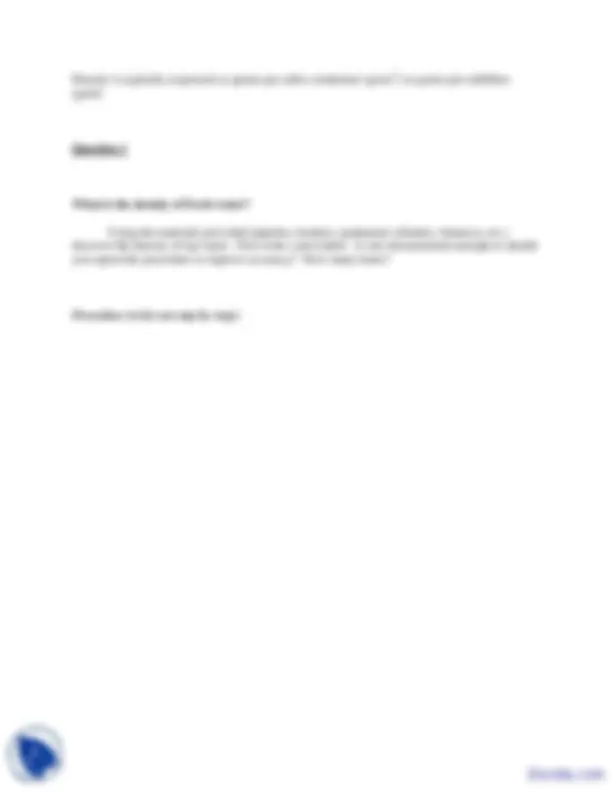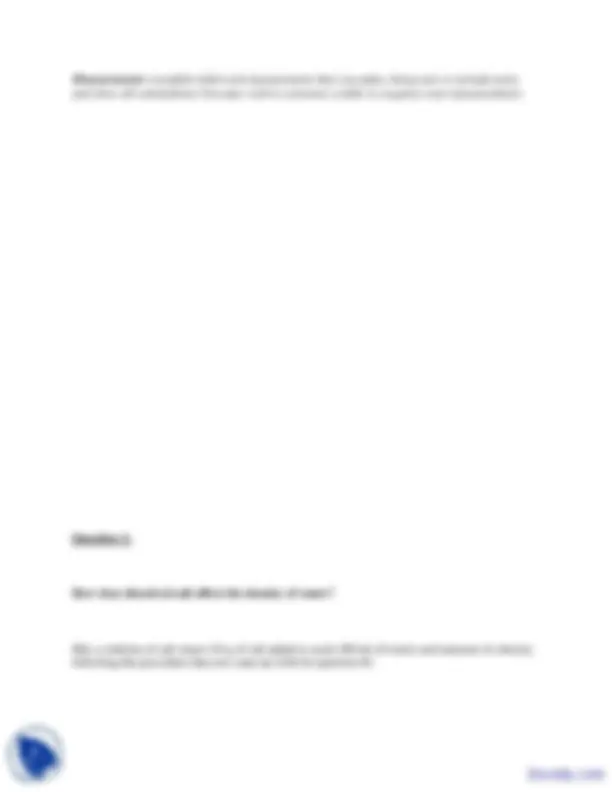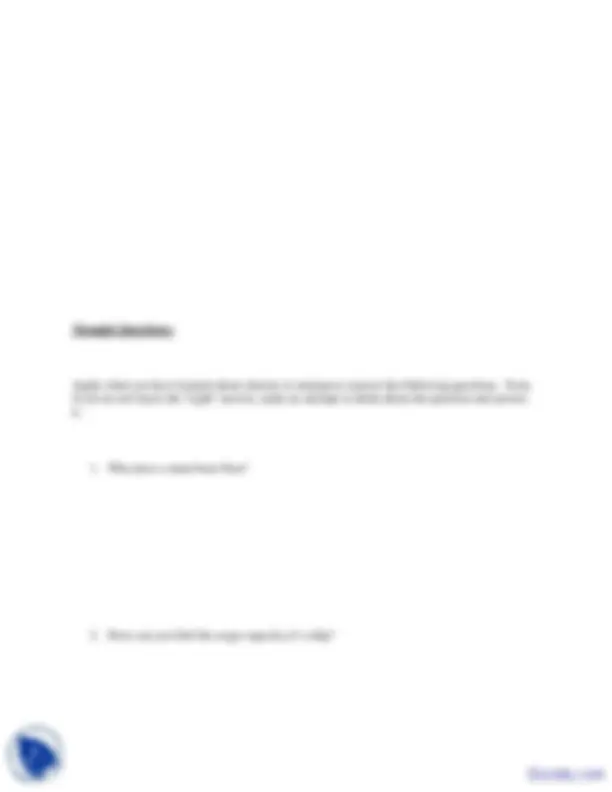






Study with the several resources on Docsity

Earn points by helping other students or get them with a premium plan


Prepare for your exams
Study with the several resources on Docsity

Earn points to download
Earn points by helping other students or get them with a premium plan
Community
Ask the community for help and clear up your study doubts
Discover the best universities in your country according to Docsity users
Free resources
Download our free guides on studying techniques, anxiety management strategies, and thesis advice from Docsity tutors
These are the lab notes of Oceanography. Key important points are: Scientific Method and Density, Thinking Practice, Experience, Naturally Curious Creatures, Evolutionary Adaptations, Accumulate Sets, Good Theory, Observation, Room Looks Completely Dark, Light Bulb
Typology: Study notes
1 / 8

This page cannot be seen from the preview
Don't miss anything!





Humans are naturally curious creatures. One of our major evolutionary adaptations is our ability to learn from experience. We ask questions about the world around us and within us and try to find the answers by trial and error methods. Using this method, we make what we believe are reasonable guesses at the answers to our questions and then make observations that determine the accuracy of these guesses. As we accumulate sets of related facts and concepts, we organize them into systems that we call theories. Our picture of the world is made from these theories. A major value of a good theory is that it has predictive value; it can tell us about things that we have not directly experienced.
The preceding paragraph describes the basic thought process in what we refer to as the “Scientific Method”. The following outlines the steps of this method in a more formal fashion:
Steps of the Scientific method (with a simple example)
Room looks completely dark
Why is it dark?
Lights are off
Light bulb is burnt out
You are blind
Null:
Turning the light switch on will not increase the brightness of the room
Alternative
Turning the light switch on will cause the room to become bright
Independent variable – the one you will vary, the cause
Dependent variable – the one that you measure, the effect
Control – all other variables are kept constant
Accept or reject the null hypothesis
You can NEVER prove a hypothesis; you can only support or disprove it. This is because it is simply not possible test all possible explanations for an observed phenomena. The null hypothesis allows you to accept or reject it based on your conclusions.
Make statements about how your results will apply to other situations
Ex: If you conclude that you are blind, predict that the other rooms will be dark too
Density is typically expressed as grams per cubic centimeter (g/cm^3 ) or grams per milliliter (g/ml)
Question 1
What is the density of fresh water?
Using the materials provided (pipettes, beakers, graduated cylinders, balances, etc.) discover the density of tap water. First write a procedure. Is one measurement enough or should you repeat the procedure to improve accuracy? How many times?
Procedure (write out step by step):
Measurements (carefully label each measurement that you make, being sure to include units, and show all calculations) You may wish to construct a table to organize your measurements :
Question 2:
How does dissolved salt affect the density of water?
Mix a solution of salt water (10 g of salt added to each 100 ml of water) and measure its density following the procedure that you came up with for question #1.
Question 3:
How can you discover the density of irregularly shaped solid objects?
Procedure:
Write out a step by step procedure to determine the density of one of the small solid objects on the instructor’s desk:
Measurements:
Thought Questions:
Apply what you have learned about density to attempt to answer the following questions. Even if you do not know the “right” answer, make an attempt to think about the question and answer it.